Community articles — Physics
Recent
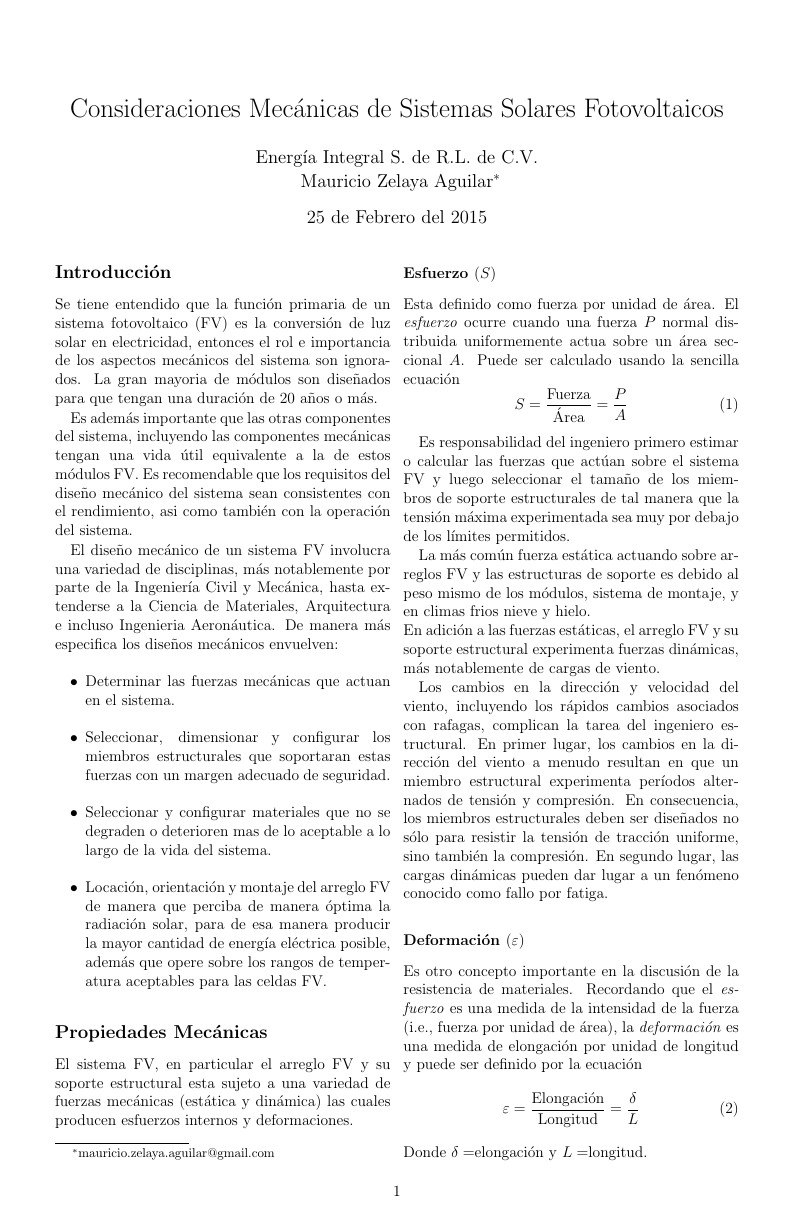
Consideraciones mecánicas en la instalación de Sistemas Solares Fotovoltaicos
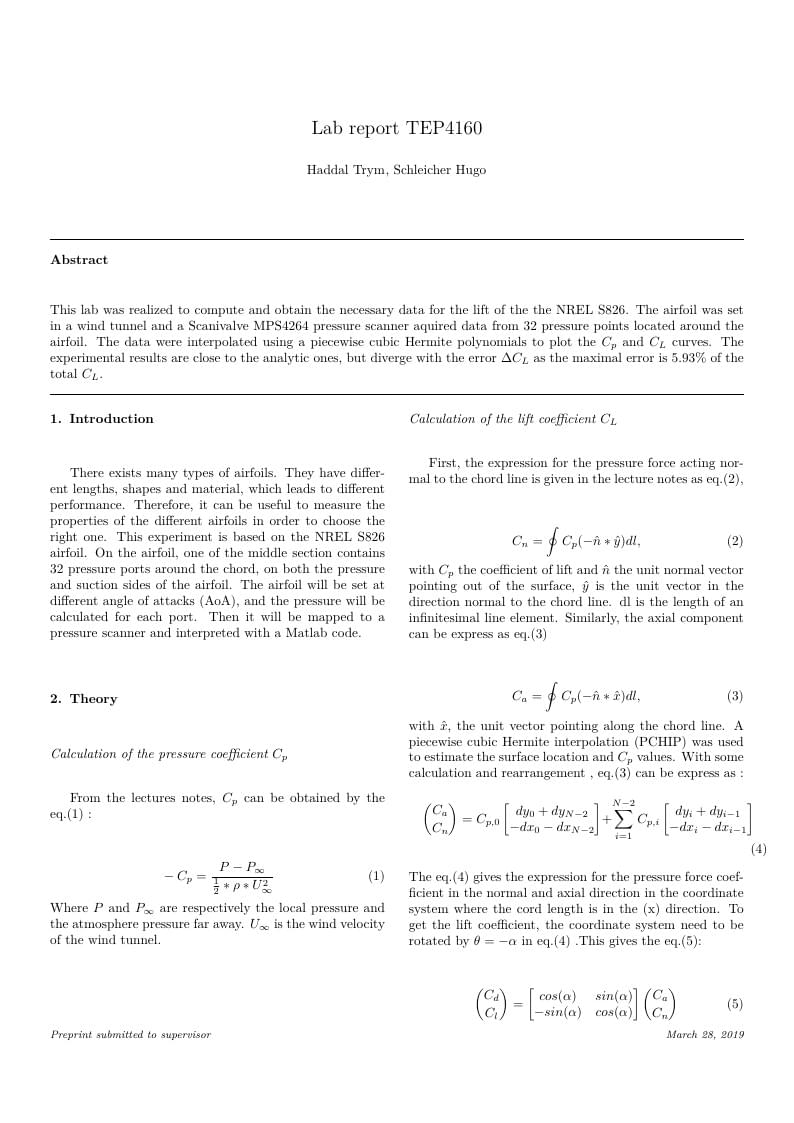
TEP4160 lab report
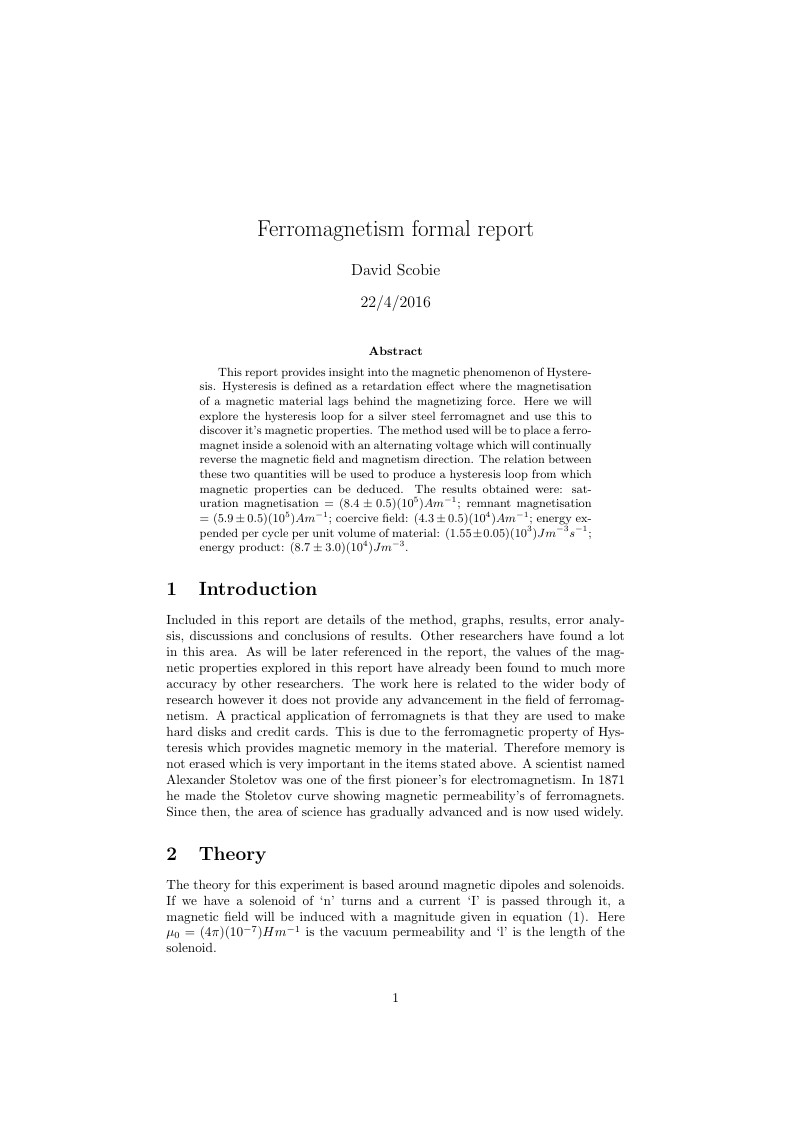
This report provides insight into the magnetic phenomenon of Hysteresis. Hysteresis is defined as a retardation effect where the magnetisation of a magnetic material lags behind the magnetizing force. Here we will explore the hysteresis loop for a silver steel ferromagnet and use this to discover it’s magnetic properties. The method used will be to place a ferromagnet inside a solenoid with an alternating voltage which will continually reverse the magnetic field and magnetism direction. The relation between these two quantities will be used to produce a hysteresis loop from which magnetic properties can be deduced. The results obtained were: saturation magnetisation = (8.4±0.5)(105)Am-1; remnant magnetisation = (5.9±0.5)(105)Am-1; coercive field: (4.3±0.5)(104)Am-1; energy expended per cycle per unit volume of material: (1.55±0.05)(103)Jm-3s-1; energy product: (8.7±3.0)(104)Jm-3.
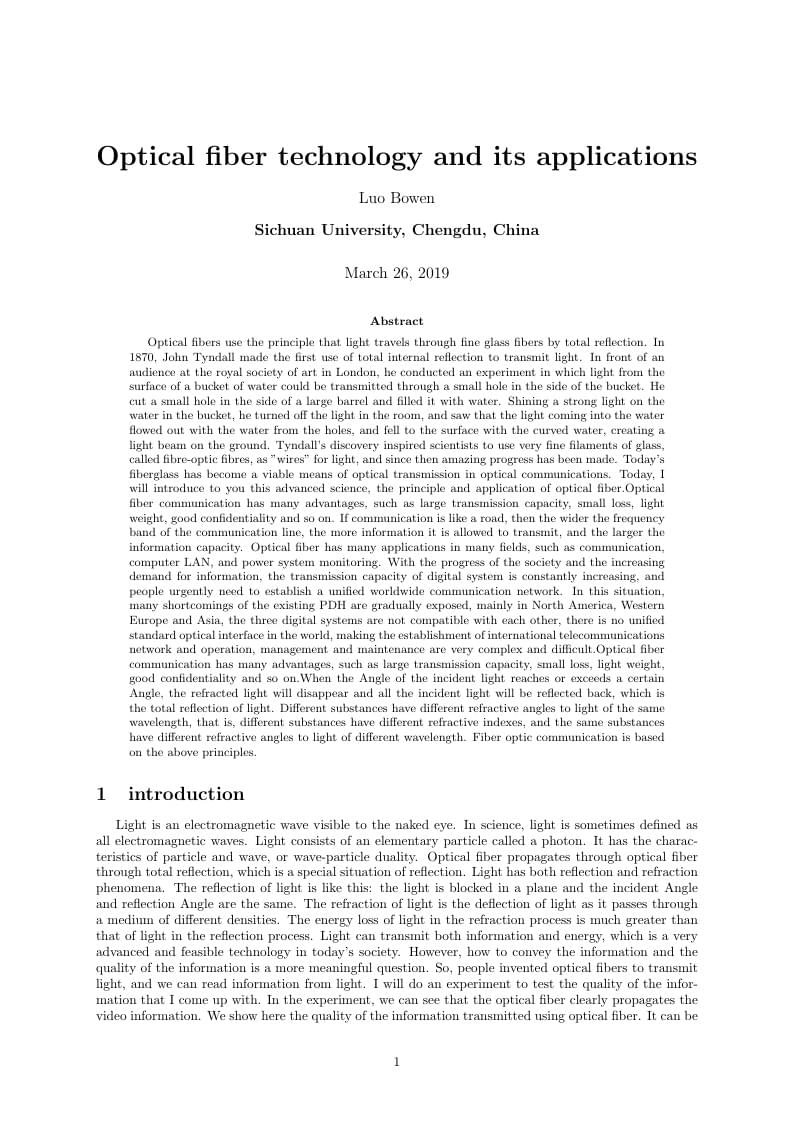
Optical fiber technology and its applications
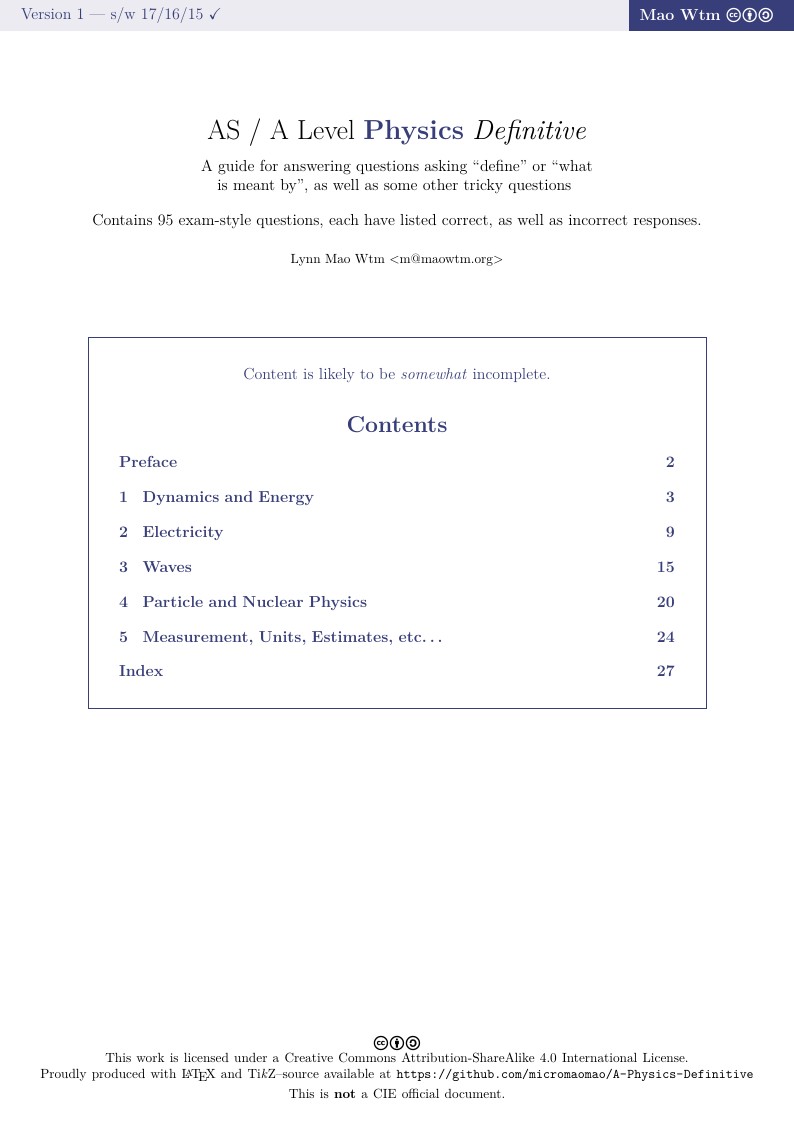
This is written as a learning material for high school students, but since it is in LaTeX, I submitted it to the Overleaf Gallery. A guide for answering questions asking “define” or “what is meant by”, as well as some other tricky questions.
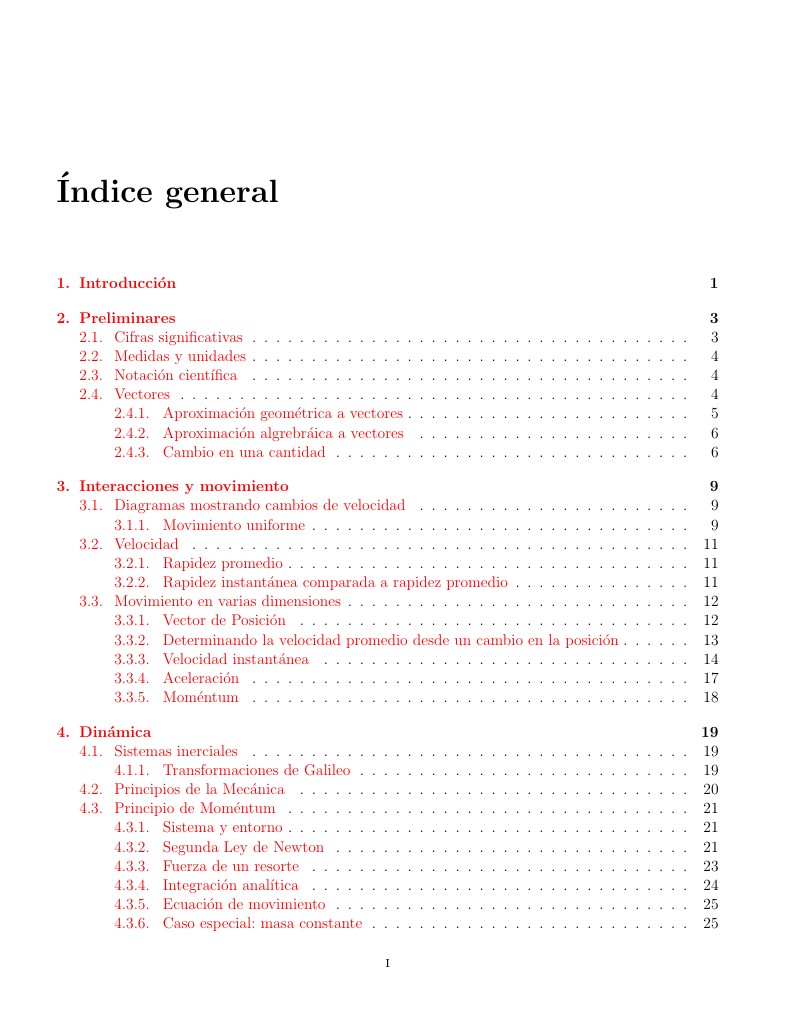
ALSO AT https://www.overleaf.com/2407528pjqwrc
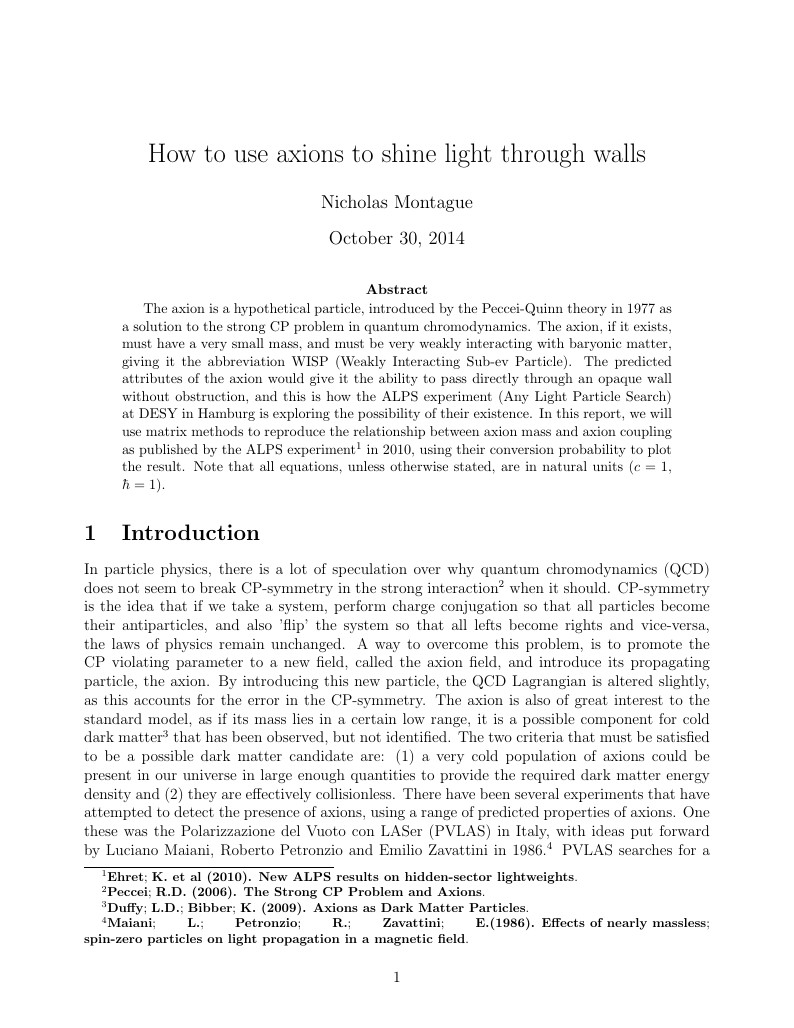
The axion is a hypothetical particle, introduced by the Peccei-Quinn theory in 1977 as a solution to the strong CP problem in quantum chromodynamics. The axion, if it exists, must have a very small mass, and must be very weakly interacting with baryonic matter, giving it the abbreviation WISP (Weakly Interacting Sub-ev Particle). The predicted attributes of the axion would give it the ability to pass directly through an opaque wall without obstruction, and this is how the ALPS experiment (Any Light Particle Search) at DESY in Hamburg is exploring the possibility of their existence. In this report, we will use matrix methods to reproduce the relationship between axion mass and axion coupling as published by the ALPS experiment \autocite{Ehret, K. et al (2010). New ALPS results on hidden-sector lightweights} in 2010, using their conversion probability to plot the result. Note that all equations, unless otherwise stated, are in natural units ($c=1$, $\hbar = 1$).
\begin
Discover why over 20 million people worldwide trust Overleaf with their work.